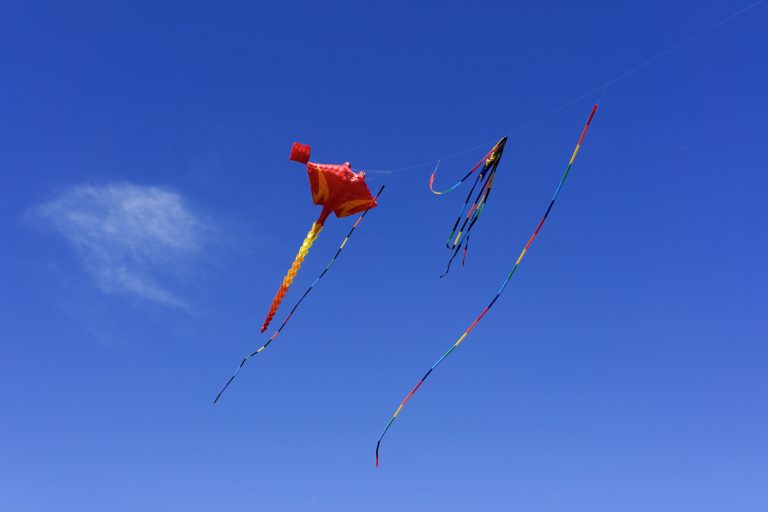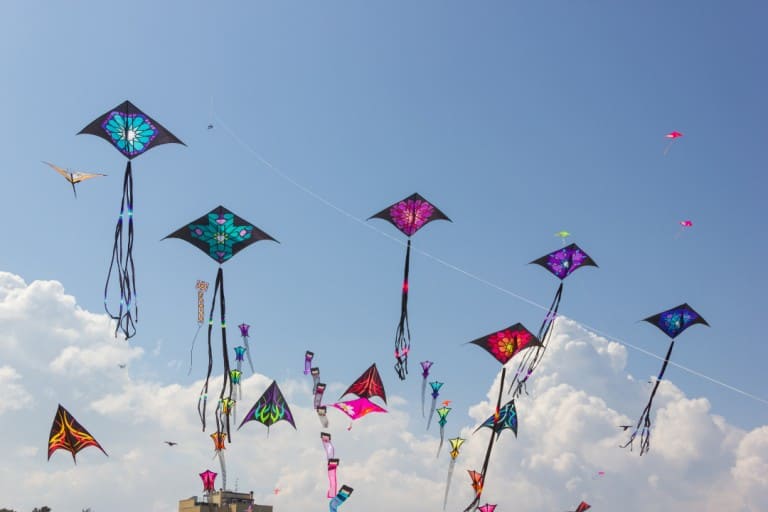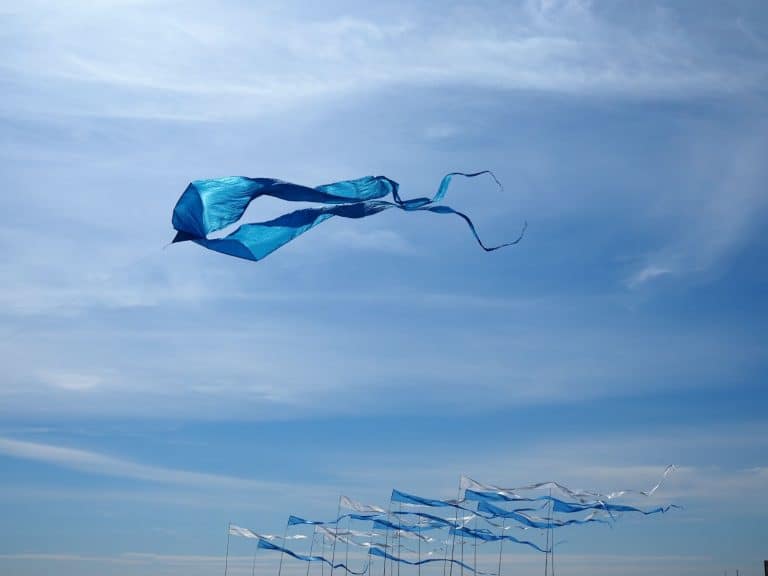Where is Kite Flying Most Popular: Global Hotspots
Kite flying, an activity with ancient roots, has become a popular pastime across the globe, transcending cultural and geographical boundaries. Regarded as both an art and a means of entertainment, the crafting and hoisting of kites into the sky has evolved into myriad forms, each with their own regional flair and significance. This leisure pursuit is particularly popular in regions with strong historical connections to kite flying, where it is often intertwined with local traditions and holidays.
In some parts of the world, kite flying is more than just a hobby; it is a competitive sport and a medium for cultural expression. Festivals dedicated to kite flying draw throngs of enthusiasts eager to display their skill and creativity. International events showcase the spectacle and diversity of kites, offering a platform for enthusiasts to share in the joy and communion of this aerial art. From the vibrant skies over Washington, D.C. during the Blossom Kite Festival to the shores of Lake Erie, where kite flying has been a beloved activity for decades, kite flying remains an enduring form of entertainment and camaraderie.
Key Takeaways
- Kite flying is a globally appreciated activity with cultural and artistic significance.
- Competitions and festivals celebrate kite flying as a sport and form of entertainment.
- Kite events showcase the diverse designs and flying techniques of enthusiasts worldwide.

Cultural Significance of Kite Flying
Kite flying transcends simple recreation, intertwining with cultural traditions, rituals, and festivals across the globe. It is a practice steeped in history and rich in symbolism.
Historical Perspectives
Kite flying originated in China over 2,000 years ago, where it was a blend of scientific application and artistic expression. Dragon kites, with their bold colors and intricate designs, are believed to bring good luck and have played a significant part in rituals and celebrations. Japan and India also have deep-rooted kite flying traditions that reflect historical uses in both utility and symbolism.
Kite Flying in Modern Celebrations
Modern kite-flying festivals, such as the Weifang International Kite Festival in China and the International Kite Festival in India, draw enthusiasts globally, celebrating multicultural influences and the unity of kite flyers. The Festival of the Winds in Australia proves the universal appeal of kite flying, gathering diverse international communities to share in the joy of kites.
Kite Flying Around the World
Kite flying is a global phenomenon, with each region adding its cultural flair. In Bali, the Bali Kite Festival is held during the dry season to thank the Hindu gods for abundant harvests. Intricate dragon kites fill the sky, representing protection and prosperity. In Japan, the tradition of flying kites is often associated with children’s celebrations, whereas in India, kites fill the sky during the Harvest Season, symbolizing freedom and spiritual elevation.

The Art and Science of Kite Making
Kite making is a fusion of creativity and engineering, involving careful selection of materials and a deep understanding of aerodynamic principles to create flying objects that are both beautiful and functional.
Materials and Design
Materials: The traditional choice for kite frames is bamboo due to its strength, flexibility, and lightweight properties. Modern kites, however, may use wood, plastic, or advanced materials like carbon fiber. For sails, materials range from paper and silk to ripstop nylon and polyester, chosen for their durability and flight characteristics.
- Design: Kites come in various shapes, such as delta kites, box kites, sled kites, and parafoil kites. Each design is intended for specific flight behaviors, and in the case of stunt kites and sport kites, enhanced maneuverability.
Construction Techniques
Constructing a kite involves precise workmanship. Frames are assembled meticulously, ensuring joints are secure without adding undue weight. The sail material, whether it be cloth or paper, is cut to match the desired shape and size of the kite, then attached to the frame with glue, tape, or stitching. Tails and wings are added not only for aesthetic reasons but also for stability during flight.
- Advance techniques incorporate electricity for light effects or NASA-developed materials for gliders and high-performance kites.
Aerodynamics and Flight Principles
Understanding the forces of lift, drag, and gravity is crucial during both the design and flying process.
- Lift is generated by the difference in air pressure on either side of the kite. Kite makers adjust the angle of the sail, known as the attack angle, to maximize this force.
- Drag is the wind resistance that stabilizes flight, but too much can cause a kite to stall. Designers often shape tails and wings to manage drag.
- Control: In controlled flight, such as with stunt kites, multiple lines allow pilots to manipulate the attack angle in real time, showcasing the incredible synergy between kite construction and piloting skill.
By harmonizing materials, construction, and aerodynamics, the art and science of kite making continue to evolve, yielding ever more impressive and enjoyable kites for both makers and flyers.
Kite Flying as a Sport and Entertainment
Kite flying transcends cultures and generations, captivating participants as both a competitive sport and a form of recreational entertainment. It varies from skilled kite fights to family gatherings at local parks.
Competitive Kite Flying
Competitive kite flying involves precision, skill, and sometimes even combat. In places like Thailand, kite flying transforms into a serious sport with historical significance, tracing back to the era of King Rama II, where it was popularized among communities. Kite fights are a subcategory of competitive flying, prevalent in many countries, including Brazil, where the last kite in the sky denotes the victor. Competition fuels innovation in the design and operation of sport kites, with enthusiasts performing complex maneuvers and tricks.
Types of Competitive Kite Flying:
- Traditional kite fights
- Precision flying competitions
- Trick and stunt kite displays
Popular Kite Competitions Around the World:
- Thailand: Traditional sport with historical roots.
- Brazil: Intense kite flying battles.
Recreational Kite Flying
On the flip side, kite flying is a treasured outdoor activity for families, kids, and adults alike. As an entertainment form, it often manifests in festivals such as the Blossom Kite Festival in Washington, D.C., or the Festival of the Winds in Australia. These events not only showcase artistic and diverse designs but also provide a communal space for sharing the joy of kite flying. The variety extends from simple single-string kites to complex stunt kites and power kites, designed for more dynamic flight and sometimes capable of lifting a person off the ground.
Forms of Recreational Kite Flying:
- Casual flying in parks and beaches
- Kite festivals with mass participation
- Family-focused crafting and flying sessions
Enjoyment for All Ages:
- Accessible to children and adults
- Experience ranges from novices to expert flyers
Kite flying, in essence, strikes a balance between competitive edge and lighthearted fun, innovating across cultures while preserving its status as a beloved pastime.
Global Kite Flying Events and Festivals
Kite flying is a celebrated activity across the globe, with numerous festivals dedicated to the artistry and sport of kite flying. These events attract enthusiasts and spectators, showcasing cultural significance, stunning designs, and aerial displays.
Famous Kite Festivals
Weifang International Kite Festival (China): Held annually in Weifang, known as the kite capital of the world, this festival dates back to 1984. The Weifang International Kite Festival is a prestigious event where the skies are adorned with a myriad of kites, including the traditional Chinese dragon kite.
Festival of the Winds (Australia): At Bondi Beach, the Festival of the Winds celebrates the joy of kite flying every September. It is Australia’s largest kite flying festival and features a vibrant array of kites along the beautiful coastline.
Bali Kite Festival (Indonesia): This festival emphasizes cultural tradition with large, elaborate kites typically representing figures from Balinese mythology, like the fish-shaped Bebean kite.
- United States: The Washington State International Kite Festival sees enthusiasts bringing particularly elaborate and vibrant designs to the shores of Long Beach annually.
- United Kingdom: The Bristol International Kite Festival garners attention from kite flyers worldwide, with its colorful displays and flying competitions.
Kite Flying in Popular Destinations
- India: Kite flying is integral to celebrations like Makar Sankranti, with skies filled with kites as part of the seasonal festivities.
- Brazil and Colombia: Kite flying is commonly seen as a recreational activity, often featured during local celebrations.
- Japan: Events like the Boys’ Festival in May use kites to symbolize celebration and tradition. Rokkaku kite battles are a distinctive aspect of Japanese kite flying.
Kite Museums:
- China: The Kite Museum in Weifang houses a vast collection of kites, highlighting the cultural importance of kite making and flying in the region.
- United States: The World Kite Museum in Washington State is dedicated to the international history of kite flying and hosts the annual Washington State International Kite Festival.






